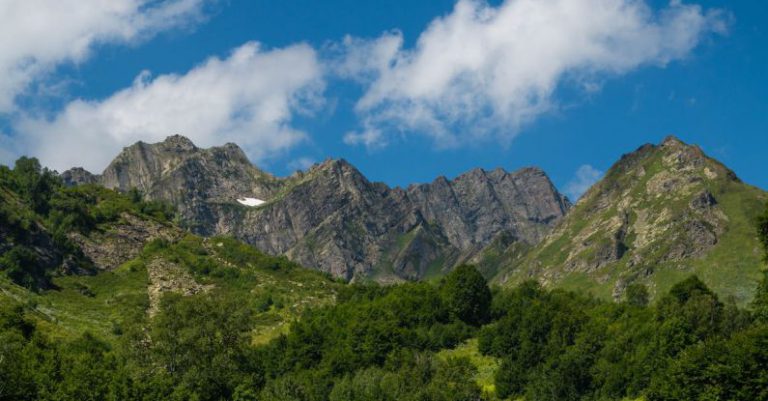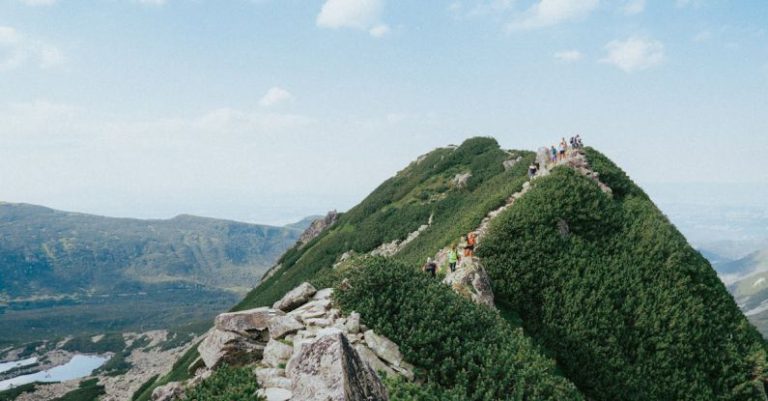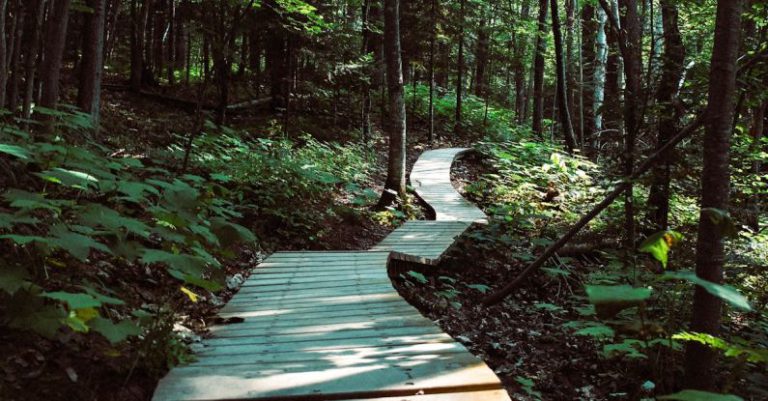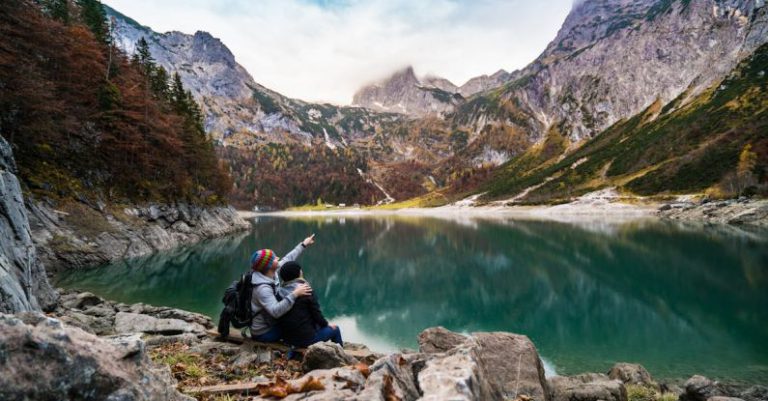
Hiking at high altitudes can be a rewarding and challenging experience for outdoor enthusiasts. The breathtaking views and sense of accomplishment that come with conquering a high-altitude trail are unparalleled. However, preparing for such hikes is crucial to ensure your safety and enjoyment during the journey. Here are some essential tips on how to prepare for high-altitude hikes.
Understanding the Effects of High Altitude
Before embarking on a high-altitude hike, it’s essential to understand how altitude can affect your body. As you ascend to higher altitudes, the air pressure decreases, and the oxygen levels drop. This decrease in oxygen can lead to altitude sickness, which can cause symptoms such as headaches, nausea, fatigue, and dizziness. Being aware of these potential issues will help you prepare accordingly and take necessary precautions to mitigate the effects of high altitude on your body.
Start Training Early
Training your body for high-altitude hikes is crucial to build endurance and acclimatize to the reduced oxygen levels. Start your training regimen well in advance of your hike to allow your body to adapt gradually. Incorporate cardiovascular exercises such as running, cycling, and hiking into your routine to improve your overall fitness levels. Additionally, strength training exercises can help build muscle strength, which is essential for tackling steep and rugged terrain at high altitudes.
Stay Hydrated
Proper hydration is key to combating the effects of high altitude on your body. Dehydration can exacerbate symptoms of altitude sickness and make it harder for your body to acclimatize. Make sure to drink plenty of water before and during your hike to stay hydrated. Consider carrying a hydration pack or water bottle with you to have easy access to water throughout your journey. Avoid alcohol and caffeinated beverages, as they can contribute to dehydration and worsen symptoms of altitude sickness.
Pack the Essentials
When preparing for a high-altitude hike, packing the right gear and essentials is essential for a safe and enjoyable experience. Make sure to pack clothing layers to regulate your body temperature in changing weather conditions. A good pair of hiking boots with ankle support is crucial for navigating rocky and uneven terrain. Don’t forget to pack essentials such as a first aid kit, sunscreen, sunglasses, a hat, and high-energy snacks to fuel your body during the hike.
Acclimatize Gradually
Acclimatization is the process by which your body adjusts to the reduced oxygen levels at high altitudes. It’s essential to acclimatize gradually to prevent altitude sickness and ensure a successful hike. If possible, plan your hike with a few days for acclimatization at a moderate altitude before reaching higher elevations. Take it slow and listen to your body as you ascend, allowing time for your body to adjust to the changing conditions.
Mind Your Breathing
Proper breathing techniques can make a significant difference in how your body copes with high altitude. Take slow, deep breaths to maximize oxygen intake and help your body adjust to the reduced oxygen levels. Practice rhythmic breathing patterns to maintain a steady flow of oxygen to your muscles and organs. If you start feeling dizzy or short of breath, take a break, sit down, and focus on your breathing until you feel better.
Enjoy the Journey
While preparing for a high-altitude hike requires careful planning and attention to detail, don’t forget to enjoy the journey and the incredible views that await you. High-altitude hikes offer a unique opportunity to connect with nature, challenge yourself physically and mentally, and experience a sense of accomplishment upon reaching the summit. Take time to appreciate the beauty of your surroundings, savor the moment, and make lasting memories along the way.
In summary, preparing for high-altitude hikes involves understanding the effects of altitude on your body, training early, staying hydrated, packing the essentials, acclimatizing gradually, minding your breathing, and most importantly, enjoying the journey. By following these tips and taking the necessary precautions, you can have a safe and fulfilling high-altitude hiking experience. So lace up your boots, hit the trails, and embrace the adventure that awaits you at high altitudes.





